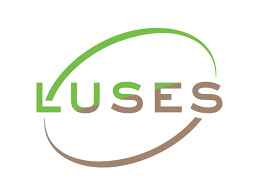Modeling the Impact of Land Use Change on Basin-scale Transfer of Fecal Indicator Bacteria: SWAT Model Performance
Land use change from annual crops to commercial tree plantations can modify flow and transport processes at the watershed scale, including the fate and transport of fecal indicator bacteria (FIB), such as Escherichia coli. The objective of this study was to provide a comprehensive assessment of the impact of land use change on microbial transfer from soils to streams using the SWAT model.
This paper was published with our colleagues from UNIST, South Korea, and is part of the “Microbial Water Quality-Monitoring and Modeling” special section in the Journal of Environmental Quality. The paper uses data collected in the Houay Pano catchment (M-TROPICS/MSEC in Laos). For paper download please click here.


















